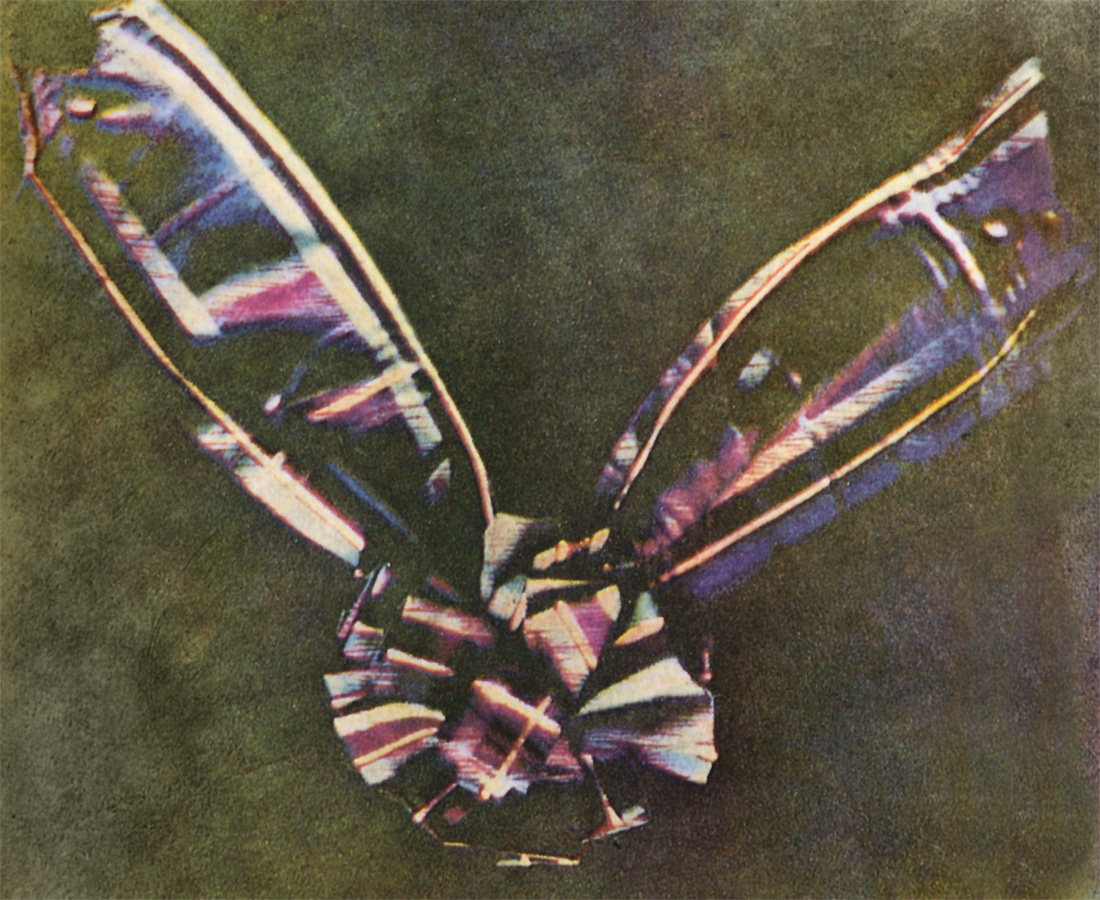 Additive color or additive mixing is a property of a color model that predicts the appearance of
Additive color or additive mixing is a property of a color model that predicts the appearance of color
Color (or colour in English in the Commonwealth of Nations, Commonwealth English; American and British English spelling differences#-our, -or, see spelling differences) is the visual perception based on the electromagnetic spectrum. Though co ...
s made by coincident component light
Light, visible light, or visible radiation is electromagnetic radiation that can be visual perception, perceived by the human eye. Visible light spans the visible spectrum and is usually defined as having wavelengths in the range of 400– ...
s, i.e. the perceived color can be predicted by summing the numeric representations of the component colors. Modern formulations of Grassmann's laws describe the additivity in the color perception of light mixtures in terms of algebraic equations. Additive color predicts perception and not any sort of change in the photons of light themselves. These predictions are only applicable in the limited scope of color matching experiments where viewers match small patches of uniform color isolated against a gray or black background.
Additive color models are applied in the design and testing of electronic displays that are used to render realistic images containing diverse sets of color using phosphors that emit light of a limited set of primary colors. Examination with a sufficiently powerful magnifying lens will reveal that each pixel in CRT, LCD, and most other types of color video displays is composed of red, green, and blue light-emitting phosphors which appear as a variety of single colors when viewed from a normal distance.
Additive color, alone, does not predict the appearance of mixtures of printed color inks, dye layers in color photograph
A photograph (also known as a photo, or more generically referred to as an ''image'' or ''picture'') is an image created by light falling on a photosensitivity, photosensitive surface, usually photographic film or an electronic image sensor. Th ...
s on film
A film, also known as a movie or motion picture, is a work of visual art that simulates experiences and otherwise communicates ideas, stories, perceptions, emotions, or atmosphere through the use of moving images that are generally, sinc ...
, or paint mixtures. Instead, subtractive color is used to model the appearance of pigments or dyes, such as those in paints and inks.
The combination of two of the common three additive primary colors in equal proportions produces an additive secondary color—cyan
Cyan () is the color between blue and green on the visible spectrum of light. It is evoked by light with a predominant wavelength between 500 and 520 nm, between the wavelengths of green and blue.
In the subtractive color system, or CMYK c ...
, magenta
Magenta () is a purple-red color. On color wheels of the RGB color model, RGB (additive) and subtractive color, CMY (subtractive) color models, it is located precisely midway between blue and red. It is one of the four colors of ink used in colo ...
or yellow. Additive color is also used to predict colors from overlapping projected colored lights often used in theatrical lighting for plays, concerts, circus shows, and night clubs.
The full gamut of color available in any additive color system is defined by all the possible combinations of all the possible luminosities of each primary color in that system. In chromaticity space, a gamut is a plane convex polygon with corners at the primaries. For three primaries, it is a triangle.
History
 Systems of additive color are motivated by the Young–Helmholtz theory of trichromatic color vision, which was articulated around 1850 by Hermann von Helmholtz, based on earlier work by Thomas Young. For his experimental work on the subject,
Systems of additive color are motivated by the Young–Helmholtz theory of trichromatic color vision, which was articulated around 1850 by Hermann von Helmholtz, based on earlier work by Thomas Young. For his experimental work on the subject, James Clerk Maxwell
James Clerk Maxwell (13 June 1831 – 5 November 1879) was a Scottish physicist and mathematician who was responsible for the classical theory of electromagnetic radiation, which was the first theory to describe electricity, magnetism an ...
is sometimes credited as being the father of additive color. He had the photographer Thomas Sutton photograph a tartan ribbon on black-and-white film three times, first with a red, then green, then blue color filter over the lens. The three black-and-white images were developed and then projected onto a screen with three different projectors, each equipped with the corresponding red, green, or blue color filter used to take its image. When brought into alignment, the three images (a black-and-red image, a black-and-green image and a black-and-blue image) formed a full-color image, thus demonstrating the principles of additive color.
See also
* Color mixing * Color space * Color theory * Color motion picture film * Kinemacolor * Prizma Color * RGB color model * Subtractive color * Technicolor * William Friese-GreeneReferences
External links
RGB and CMYK Colour systems.
- Photos and stories from the James Clerk Maxwell Foundation. * Stanford University CS 17
comparing additive and subtractive color mixing. {{DEFAULTSORT:Additive Color Color space Color